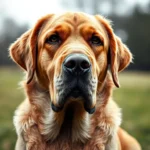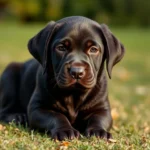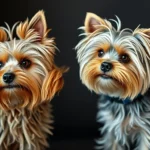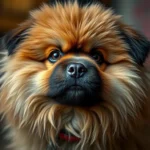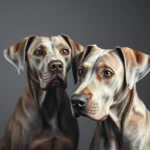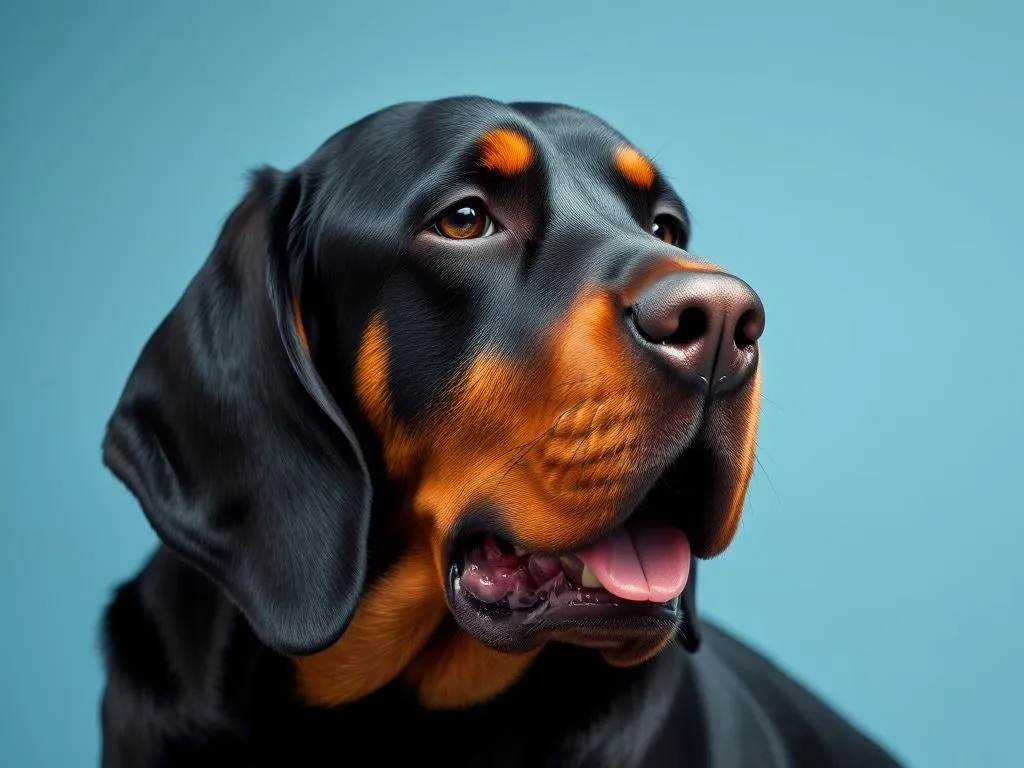
Understanding dog breeds is essential for anyone considering pet ownership. Each breed comes with its unique traits, needs, and characteristics that can significantly impact the quality of life for both the dog and its owner. Among the many breeds, the black and tan coonhound stands out as a remarkable companion, known for its distinctive appearance and friendly demeanor. By exploring the breed’s history, care requirements, and temperament, potential dog owners can make informed decisions about whether this breed is the right fit for them.
Understanding Dog Breeds
Definition of a Dog Breed
A dog breed is a specific group of domestic dogs that share certain characteristics, such as appearance, behavior, and lineage. Breeds are defined based on standardized criteria set by various kennel clubs, which promote the integrity and continuity of the breed. Understanding these standards is crucial for prospective owners as it helps them identify the unique qualities that come with each breed.
The Role of Breeding
Selective breeding practices have been employed for centuries to enhance desirable traits in dogs. Breeders focus on specific characteristics, such as size, coat type, and temperament, to create dogs that meet the desired breed standards. This careful selection impacts not only physical traits but also behavioral tendencies, making it imperative for potential owners to understand the implications of breeding on their future pet’s personality.
The Importance of Breed Knowledge
Knowledge about different dog breeds can vastly improve the experience of pet ownership. Understanding a breed’s traits aids in training, care, and socialization. For instance, knowing that the black and tan coonhound has a strong hunting instinct can help owners prepare for training that channels this behavior positively rather than allowing it to become a nuisance.
Overview of the Black and Tan Coonhound
History and Origins
The black and tan coonhound has a rich history that dates back to the early American settlers who required reliable hunting companions. The breed’s lineage traces back to hounds brought by European settlers, particularly those from England, which were then crossed with local breeds to develop dogs that excelled in tracking and hunting raccoons. Over time, the black and tan coonhound was recognized for its unique abilities and became an integral part of American hunting culture.
Physical Characteristics
The black and tan coonhound is a medium to large breed, typically weighing between 40-65 pounds and standing 21-27 inches tall at the shoulder. Their distinctive appearance includes:
- Coat Color: A glossy black coat with tan markings on the face, chest, and legs.
- Ears: Long, droopy ears that enhance their keen sense of smell.
- Build: A muscular frame with a long tail that is often carried low.
The typical lifespan of a black and tan coonhound is around 10-12 years, though this can vary based on health and care. Potential owners should be aware of common health issues such as hip dysplasia and ear infections, which can affect the breed.
Temperament and Behavior
The black and tan coonhound is renowned for its friendly and affectionate nature. They are loyal companions who tend to bond well with families and individuals alike. However, due to their hunting background, they possess strong instincts that can manifest in the following ways:
- High Energy: These dogs require regular exercise and mental stimulation to remain happy and well-behaved.
- Independent Thinkers: They can be somewhat stubborn, which may challenge novice owners during training.
- Vocal: Black and tan coonhounds are known for their distinct baying, which can serve as both an asset and a challenge depending on living situations.
This breed is particularly suitable for active families or individuals who can provide the exercise and attention they need.
Care and Training
Basic Care Requirements
Caring for a black and tan coonhound involves several key components:
- Nutritional Needs: A balanced diet is crucial. Owners should consult their veterinarian for recommendations based on their dog’s age, weight, and activity level.
- Grooming: The breed’s short coat requires minimal grooming, but regular brushing helps reduce shedding. Pay special attention to their ears, as they are prone to infections.
- Health Care: Routine veterinary visits for vaccinations, flea and tick prevention, and health checks are essential to keep the dog healthy.
Training Techniques
Training a black and tan coonhound can be a rewarding experience, but it requires patience and consistency. Here are some effective training techniques:
- Positive Reinforcement: Use treats and praise to reward desired behaviors. This method fosters a strong bond and encourages learning.
- Socialization: Introducing the dog to various people, environments, and other animals is vital for developing a well-rounded temperament.
- Addressing Behavioral Issues: Common issues such as stubbornness can be mitigated with firm but gentle guidance. Consistency is key to overcoming challenges.
Exercise and Activity Needs
The black and tan coonhound is a high-energy breed that thrives on regular exercise. Daily walks, runs, and play sessions are necessary to keep them physically fit. Here are some activities to consider:
- Hiking: Their keen sense of smell makes them excellent companions for outdoor adventures.
- Fetch: Engaging in games can help satisfy their prey drive while providing fun.
- Agility Training: This not only exercises the body but also stimulates their minds.
Mental stimulation is just as important as physical activity; consider puzzle toys or scent games to keep their brains engaged.
Pros and Cons of Owning a Black and Tan Coonhound
Advantages of the Breed
Owning a black and tan coonhound comes with numerous benefits:
- Loyal Companionship: They are known for forming strong bonds with their owners, making them loving family pets.
- Adaptability: While they are active dogs, they can adapt to various living situations as long as their exercise needs are met.
- Friendly Nature: Their sociable temperament makes them great with children and other pets.
Many current owners share stories of how their black and tan coonhound has brought joy and adventure into their lives.
Challenges and Disadvantages
However, there are some challenges associated with this breed:
- Stubbornness: Training can be tough due to their independent nature, requiring a dedicated owner.
- Exercise Needs: They require significant daily exercise, which may not suit all lifestyles.
- Noise: Their vocal nature can be problematic in quiet neighborhoods, especially if they bark or howl.
These factors should be carefully considered, particularly for first-time dog owners.
Comparison with Other Dog Breeds
Similar Breeds
When considering a black and tan coonhound, it’s helpful to look at breeds with similar characteristics:
- Bloodhound: Known for their incredible sense of smell, they share a friendly disposition but may be larger and more stubborn.
- Basset Hound: Another scent hound, the Basset is smaller and has a more laid-back attitude but requires similar care and exercise.
Each of these breeds has unique traits that may appeal to different owners.
Distinct Differences
What sets the black and tan coonhound apart from others is its unique combination of hunting instincts and social nature. Unlike some breeds that may be more aloof, the black and tan coonhound thrives on companionship and interaction with people, making it a preferred choice for active families.
Conclusion
Choosing the right dog breed is a significant decision that requires careful consideration of various factors, including temperament, care needs, and lifestyle compatibility. The black and tan coonhound presents an exciting option for those who can provide the exercise and training they require. With their friendly disposition and loyal nature, they can be wonderful additions to any household. Responsible pet ownership and thorough breed research ensure a fulfilling relationship between owners and their canine companions.


